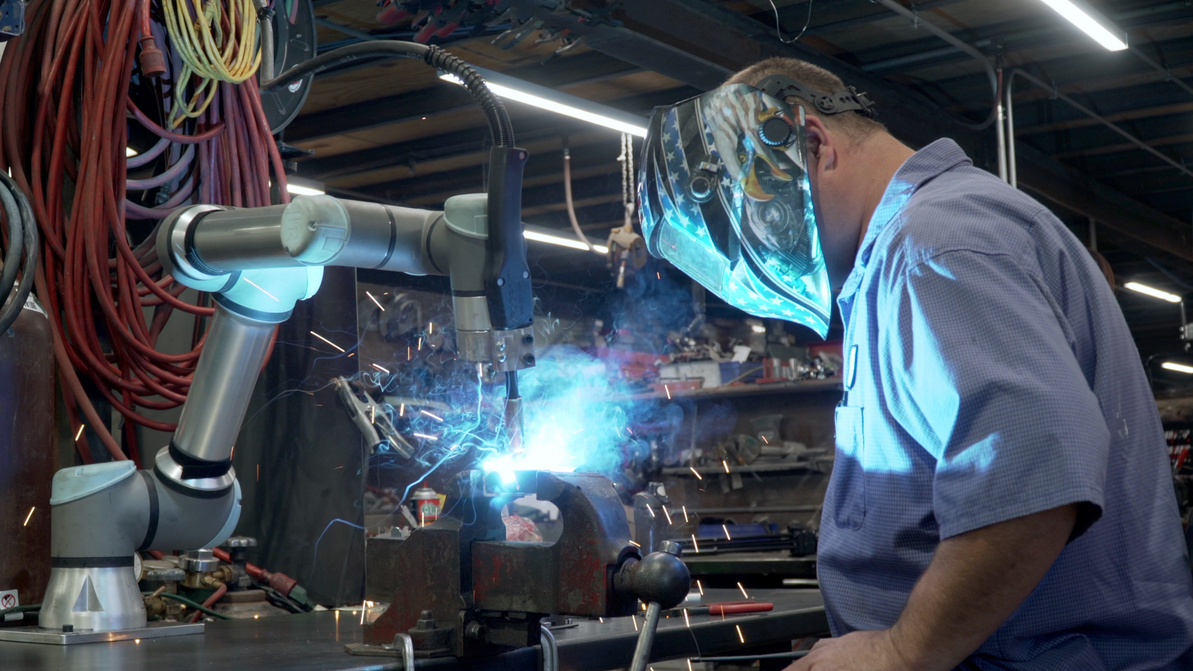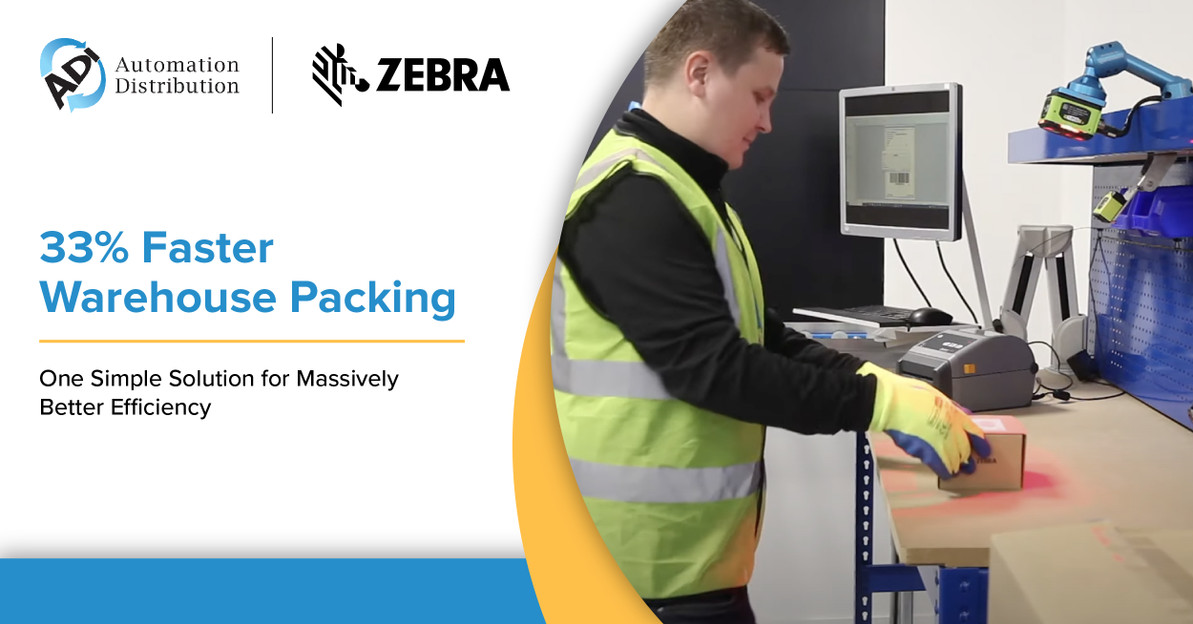Disappearing Act: Safeguards Between Man and Machine
Thanks to collaborative robots, some of the literal walls between man and machine are no longer required. Here are four key ways new age robots can work alongside humans.
Force-limited design. Force limited robots incorporate design elements to regulate speed and force so that any accidental contact will cause less or no harm to a worker.
Safety-rated monitored stop. A stop action safety design forces the robot to cease movement. This robot type has actually been in use for more than a decade. Today’s technology, however, allows the use of internal monitoring of the safety controls.
Hand-guided. This system requires reduced speed combined with safety-rated monitored stops which allow the worker to interact with the robot through direct handling.
Speed and separation monitoring. Using sophisticated sensors, the robot can detect a safe distance from a worker and reduce speeds when it detects a worker is present.
A collaborative robot cannot be collaborative without a human presence. Safety must be evaluated according to specific situations and uses. While the various types of collaborative robots have come a long way to preventing catastrophic accidents, safety experts must still evaluate each collaborative robot work environment and various applications as relative safety standards evolve.
Not sure if collaborative robots will pay off? Calculate your ROI or learn more about Universal Robots collaborative robots.
Recent Posts
-
Using Scan Tunnels to Track, Sort and Route Warehouse Packages
If you’re using conveyor lines to move products, packages and shipments through your warehouse, the …Apr 17th 2024 -
Embracing Collaboration: How Universal Robots Transformed DeAngelo Marine Exhaust
When the welding robots made their debut at DeAngelo Marine Exhaust, there was a mix of excitem …Apr 11th 2024 -
How to Speed Up Your Warehouse Packing by 33% with Machine Vision
Packing benches are some of the busiest areas of most warehouses, with thousands of items to pack i …Apr 4th 2024




